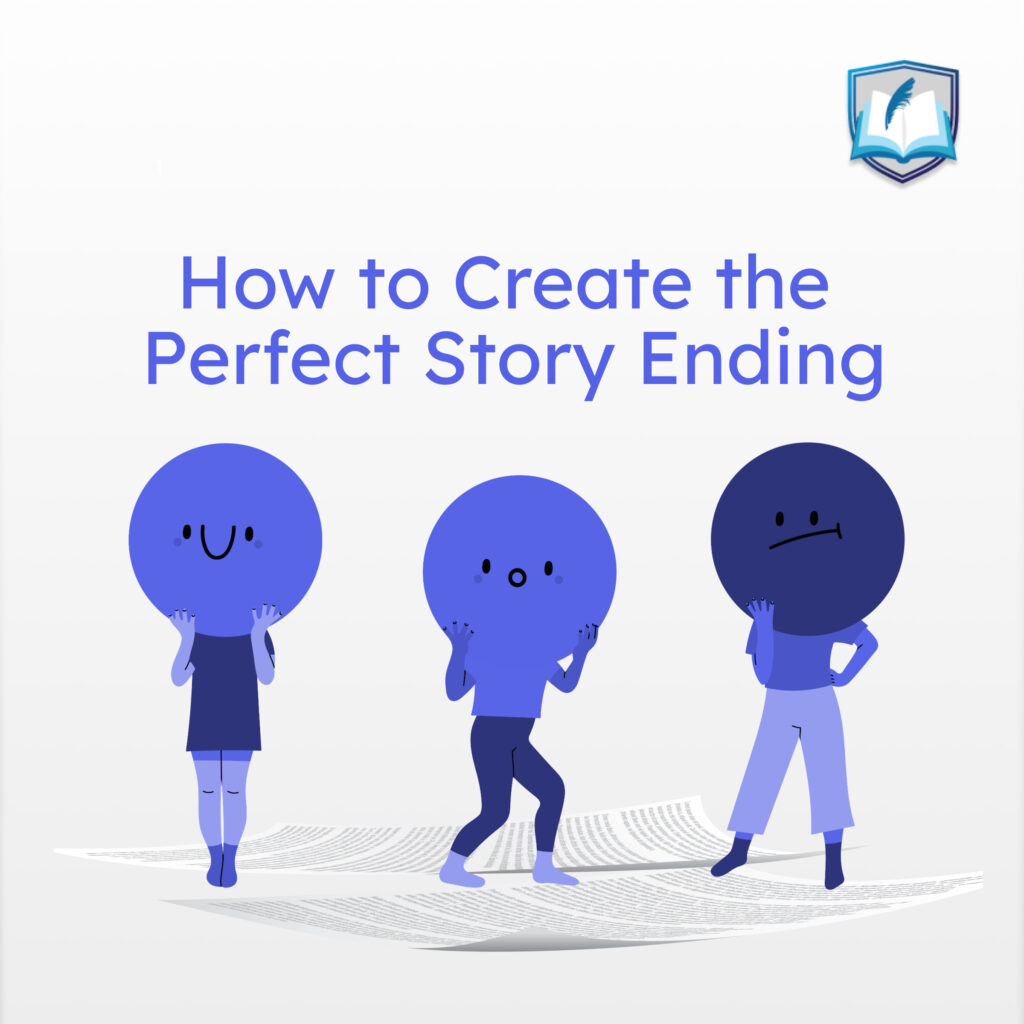End your story with the satisfaction of resolution using the easy-to-follow steps in this post! Learn how to write a closing that befits your narrative and grabs your readers’ attention.
Crafting the perfect ending to your story is a great way to leave a lasting impression on your readers. With these easy steps, you can make a thrilling and emotional ending that ties up all the story’s loose ends and gives closure.
Establish what needs to be resolved.
Before deciding how to end your story, you must determine which characters and plot threads must be resolved. This will help you figure out what needs to happen in the ending and provide structure for your writing. Take a moment to examine all the threads you’ve established in your story and consider what needs closure. Once you know what needs to be resolved, you can start planning how to write an ending that ties everything together neatly.
Introduce a public manifestation.
In some stories, the main character finds peace within themselves and a way to deal with their problems when they are alone. But if you want an ending that packs a punch, show how the character has changed in front of others. This could be anything from expressing their love for another character in front of an audience to revealing the truth about who they are. Not only will this provide closure for your readers, but it’ll also offer a satisfying emotional climax to your narrative.
Highlight character growth and development.
A vital part of a strong story ending is showing how the main character grows and changes throughout the story. Showcase how your character has changed since the beginning of their story, either through dialogue or descriptions. Showing ‘before’ and ‘after’ in a visually pleasing manner makes it easier for readers to recognize the progress they have made. Be sure to emphasize the positive aspects—such as bravery, kindness, or resilience—that have enabled them to reach this point in their narrative.
Establish the Final Outcome
Your story’s climax should lead to a clear outcome or resolution that marks the end of the main character’s journey. Whether the finale is a happy or sad ending, readers should be able to tell how it all worked out for the characters. Show how each plotline is brought together and explain what happens to your protagonist in the end. You could even include an epilogue that sums up the fate of every character and ties up any loose ends. Using symbolism, visual cues, dialogue, and other elements can help bring your story full circle and create an unforgettable ending.
Conclude with an exemplifying statement or quote.
Your story’s resolution is the final impression that you want to leave with your readers. The best way to do this is by ending on a solid note—a witty statement, quote, or maxim that caps off the story. This could also be a reference to something said earlier in your narrative. Consider finding an appropriate phrase that summarizes your story’s moral, leaving readers with an important takeaway.
The perfect story ending should leave the reader feeling satisfied and emotionally fulfilled. It should tie up any loose ends in the plot, provide closure for the characters, and leave a lasting impression. Consider what message or theme you want to convey, and craft an ending that reflects that message. It’s essential to balance a predictable ending and one too abrupt or confusing. Think about the tone and pacing of your story and conclude with a memorable final line that will leave a lasting impact on your readers.




